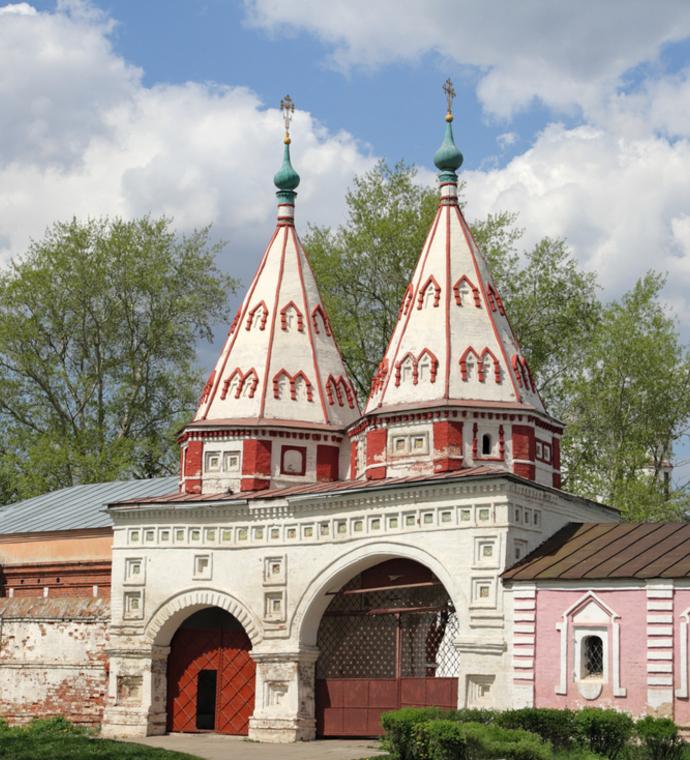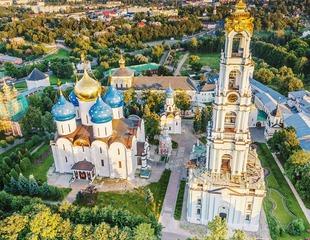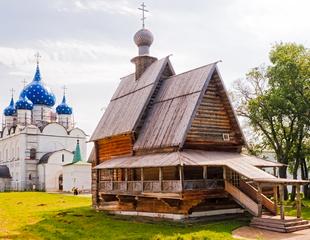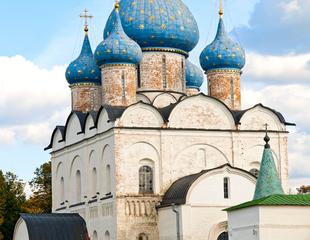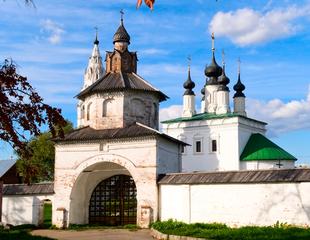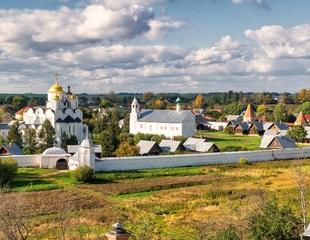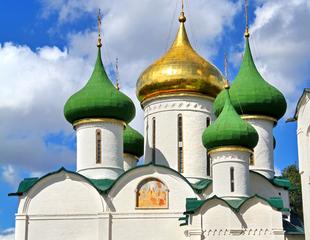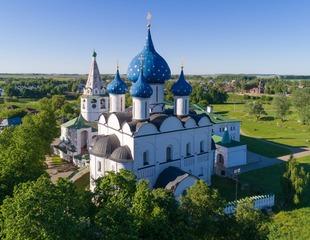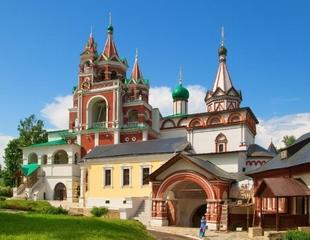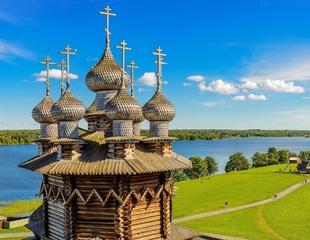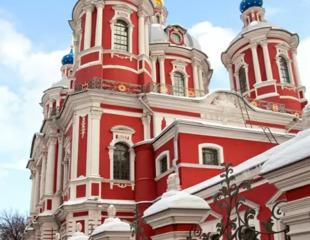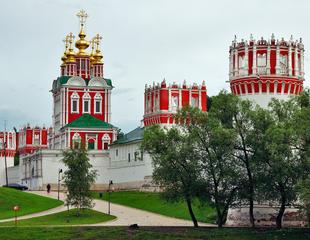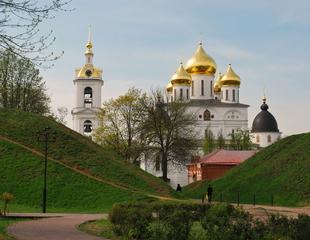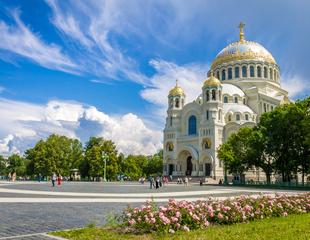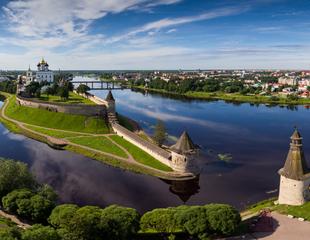The Convent of the Deposition of the Holy Robe is one of the oldest convents in Russia, founded in 1207 and located in the northern part of Suzdal near the ancient Kremlin and the Kamenka River. The convent is known by spiritual feats by nun Euphrosyne, daughter of Prince Michael of Chernihiv, martyred in the horde.
The first buildings of the convent were made of wood, and none of them have been preserved to our days. The oldest surviving building is the Cathedral of the Deposition of the Holy Robe, built at the beginning of the XVI century. In the XIII century near the Convent of the Deposition of the Holy Robe, there was founded another convent — the Holy Trinity Convent — intended for widows. At the end of the XVII century, by Metropolitan Hilarion the convent’s buildings underwent significant change. Under the direction of the three renowned architects of Suzdal — Andrew Shmakov, Ivan Mamin, and Ivan Gryaznov — in 1688, there were constructed the famous Gates of the Convent of the Deposition of the Holy Robe. At the same time, there was rebuilt in stone the Cathedral of the Holy Trinity Convent, and there was constructed a fence of the Holy Trinity Convent.
By now, survived only the graceful Holy Gate and the corner tower, now part of the wall of the Convent of the Deposition of the Holy Robe. In 1764, the Holy Trinity Convent was abolished, and its land and buildings were given to the older neighbor. At the beginning of the XIX century, there was constructed a 72-meter Prepodobenskaya bell tower in the convent under the direction of mason Kuzmin in honor of the victory over Napoleon.
The last building constructed on the territory of the convent was the Sretenskaya Refectory Church, made of red brick in the pseudo-Russian style in 1882.
In 1923, the Convent of the Deposition of the Holy Robe was closed, its 12 bells were smelted. There was constructed a power plant in the Cathedral of the Deposition of the Holy Robe, and the Holy Gates were used as a fuel dump. In 1999, the convent was returned to the Russian Orthodox Church and relaunched as the convent of the Vladimir-Suzdal Diocese.

